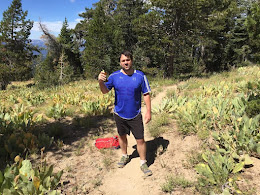What's really going on here is a) ASU doesn't want to divide the college sports market in Phoenix, but they can't say that out loud; and b) the schools know that they're all running a business with the brand names of universities, and profiting from people's rabid allegiance from something they think of in tribal-colors terms rather than business terms. As soon as there's a for-profit school doing exactly the same thing, fans can't help but wonder if their own school isn't, as Steve Hsu perfectly described, "a tax-exempt sports-entertainment complex that is, for strange historical reasons, hosted by the higher education system". The article notes:
While it's true that non-profit universities reinvest their revenues from the major sports, they also rely heavily on outsiders' donations. Is it inherently more noble for Oregon to accept $68 million from mega-booster Phil Knight to build a new "Darth Vaderish Death Star" football complex than it is for Grand Canyon to spend its stockholder-generated capital on a "$300 million investment in state-of-the-art classrooms, laboratories, dormitories and athletic facilities?"What I really want to see is Stanford twisting and turning to make an argument as to why a private school shouldn't be in the PAC-12. "But they're for-profit! They're for-profit!" Again, I don't think Stanford (or the rest) lose money on their sports programs. This is kind of like when one casino doesn't want another one starting down the road to compete with them, but they can't just come out and say that, so they somehow end up saying "2 casinos in this county would lead to immorality. But just one (us), that's okay." The talking-out-of-both-sides-of-their-mouth that goes on when people are defending their money, but can't be seen as defending money, is beyond hilarious and indeed, maybe into Orwellian territory!
And it bears repeating, big football schools are not notorious for being the most academically rigorous, although for what it's worth, there's no relationship in either direction between a school's football status and their academics (I ran the numbers myself). And lest you doubt that college football is, in fact, big business, then how about this piece showing that the many frustrating mysteries of the college football ranking system are all explained by one thing.


























